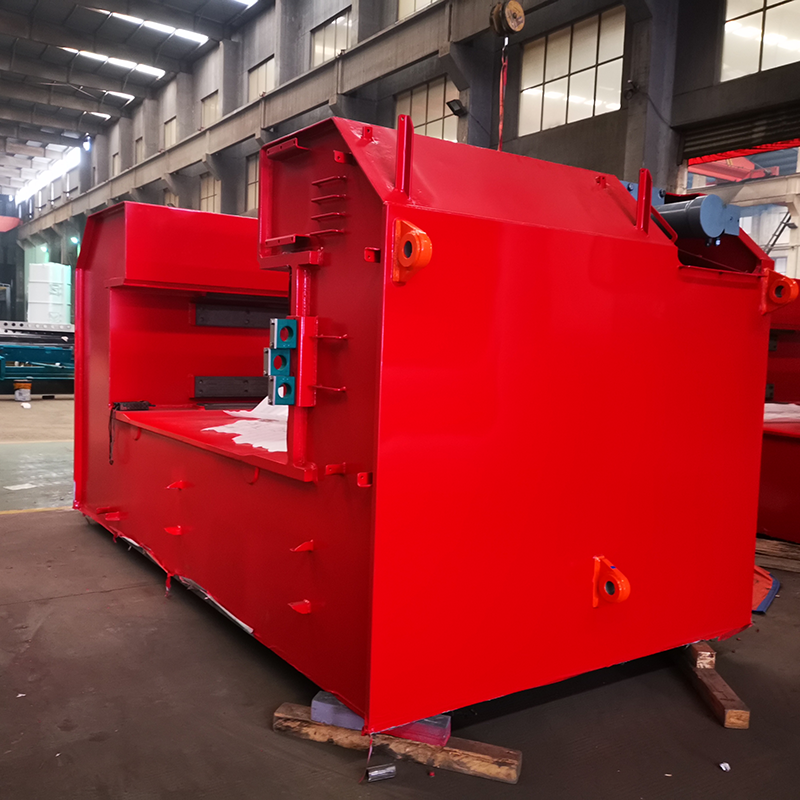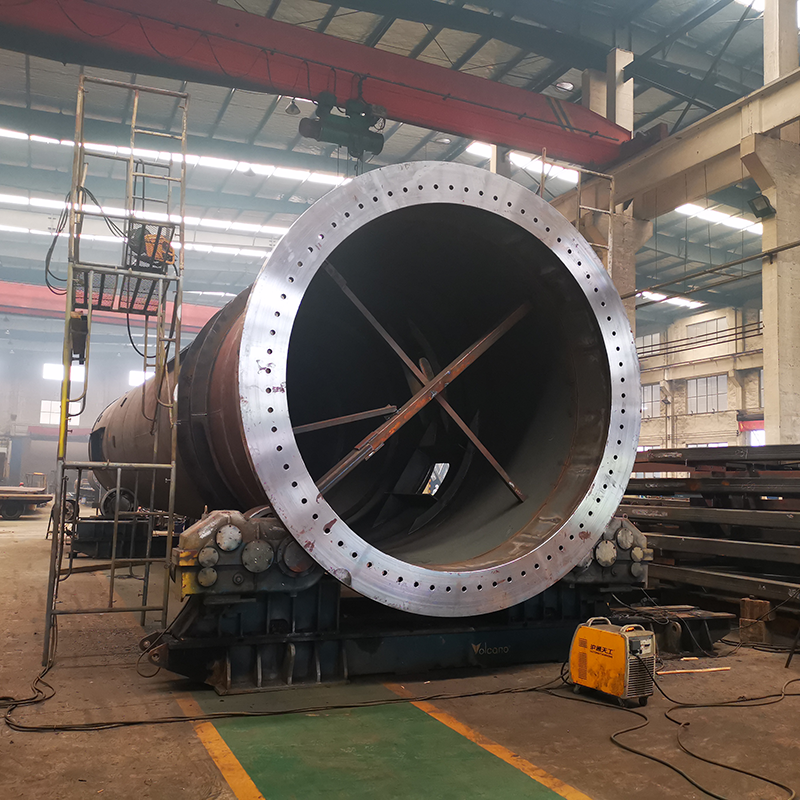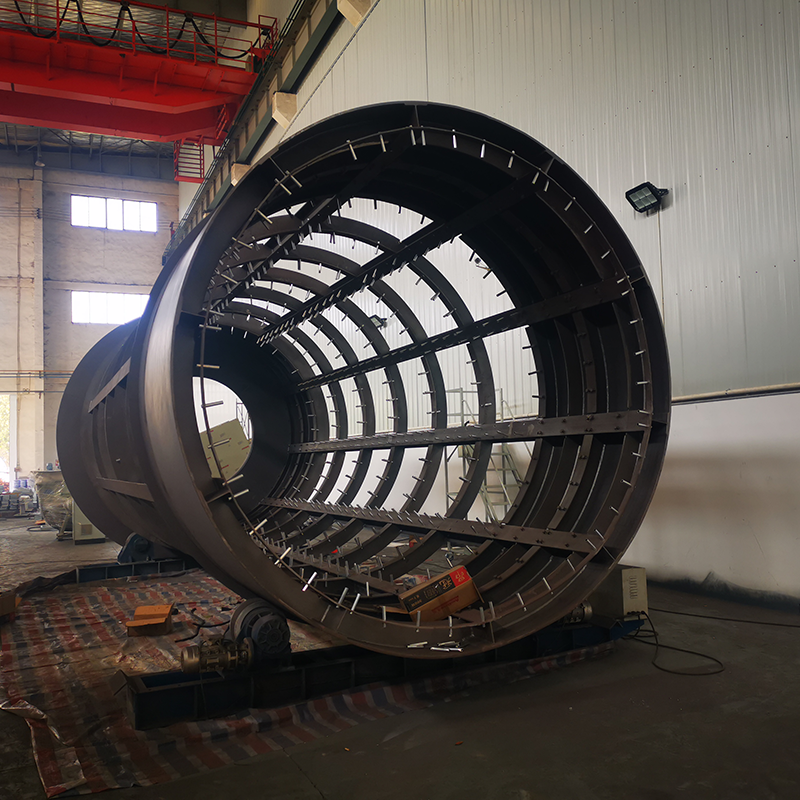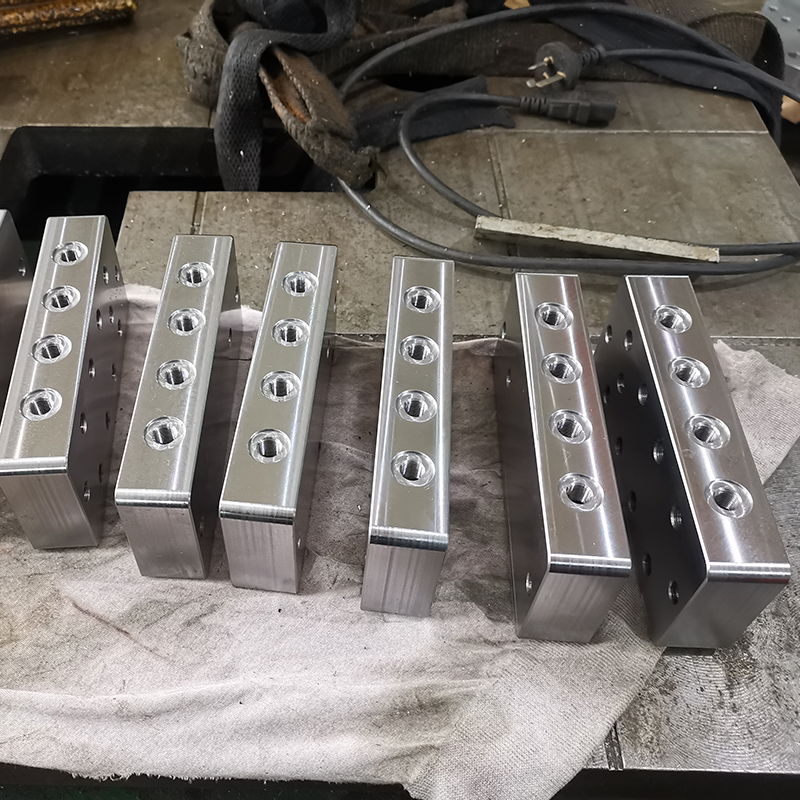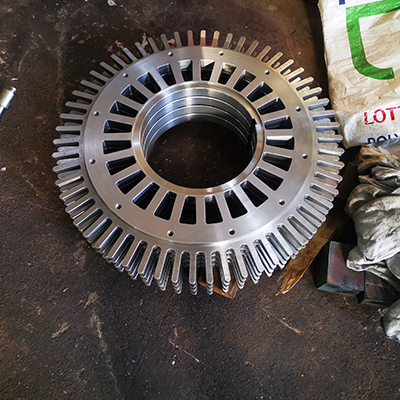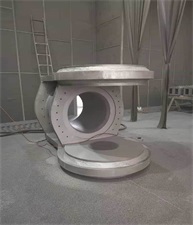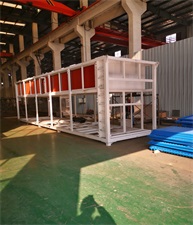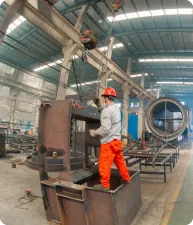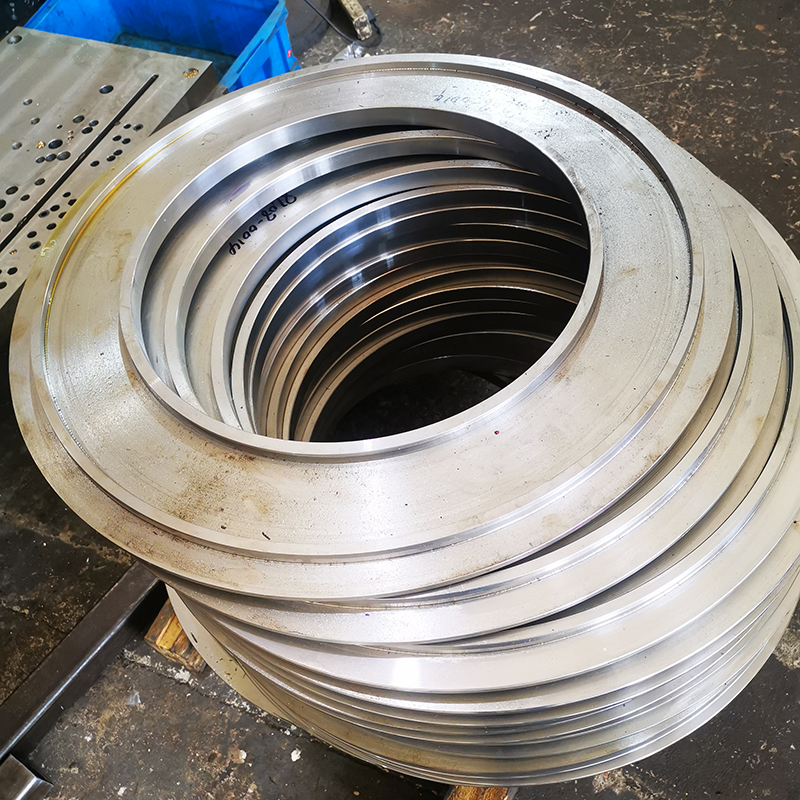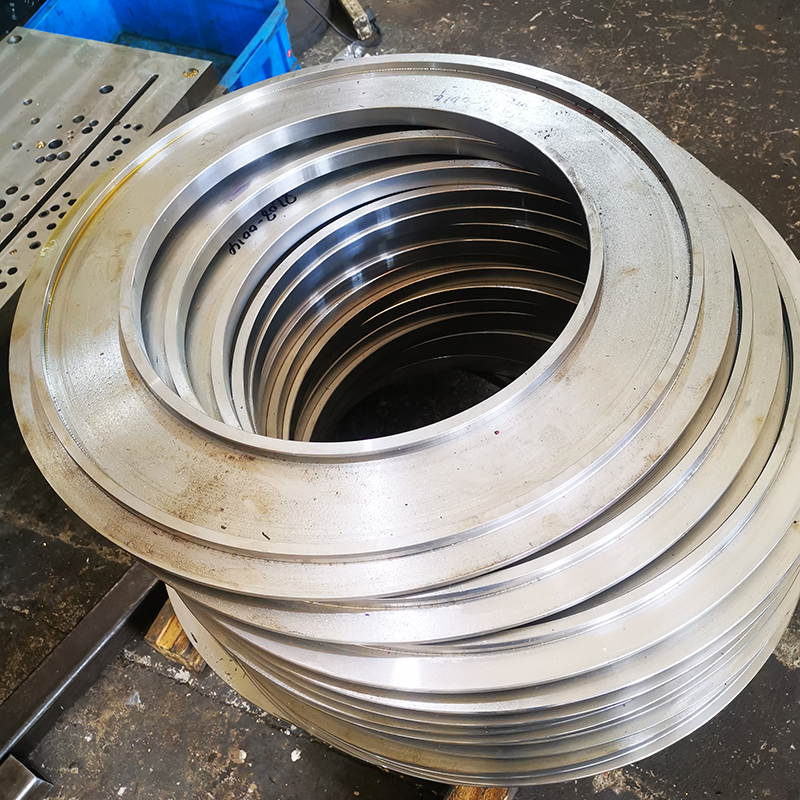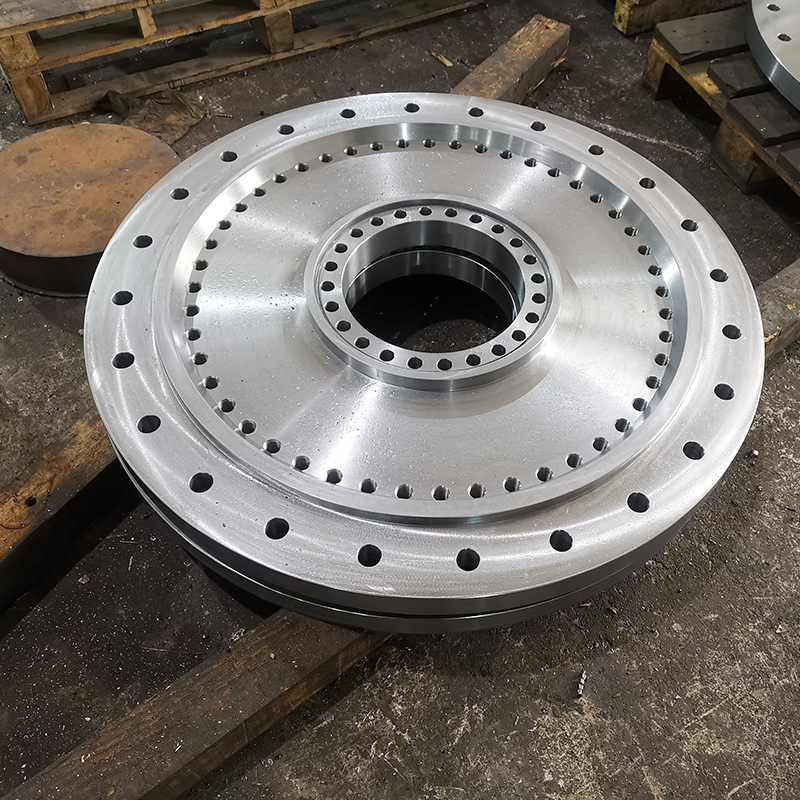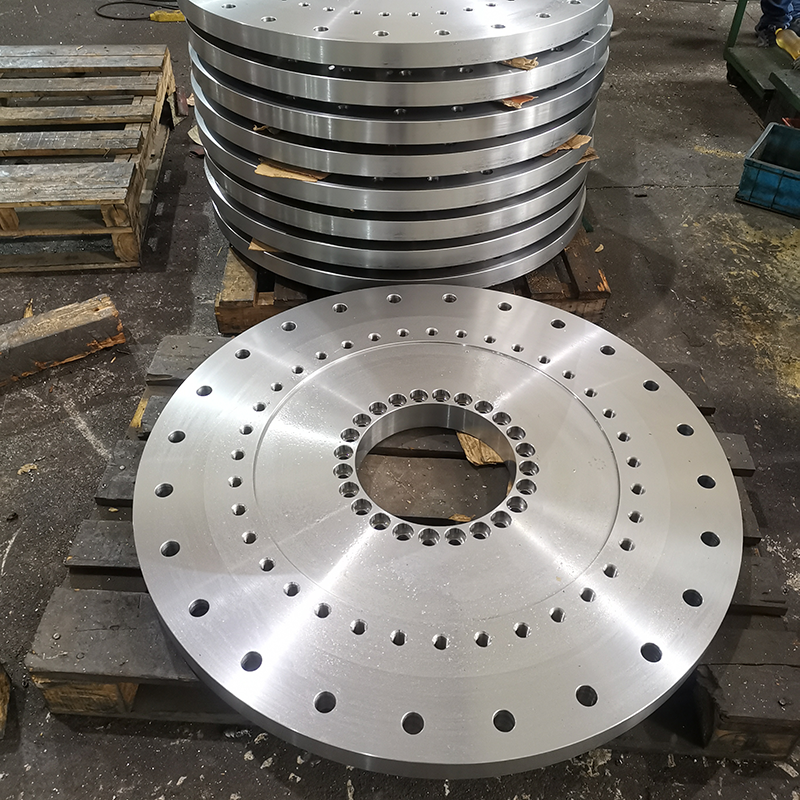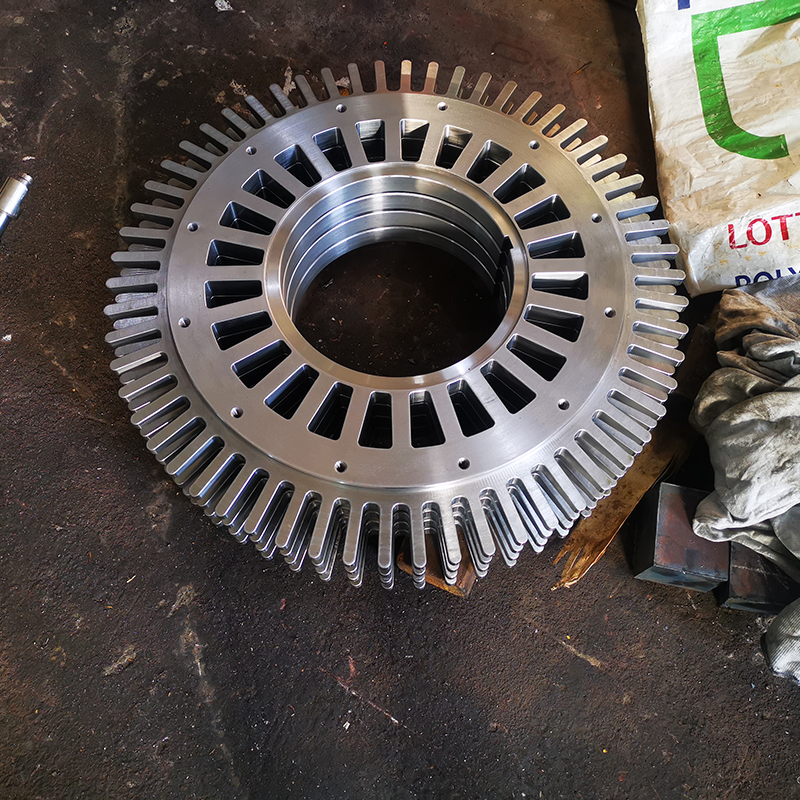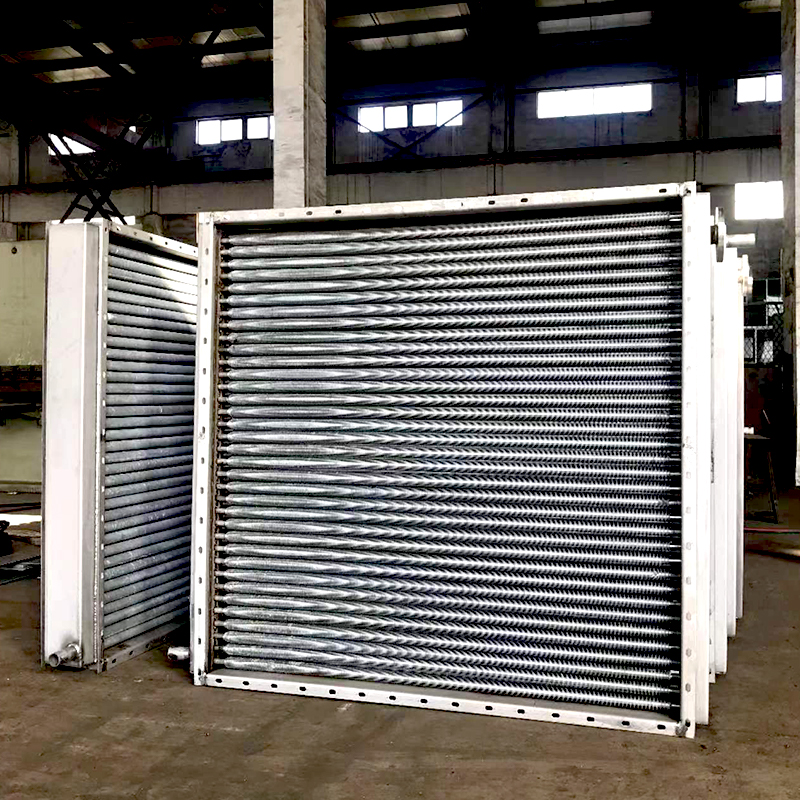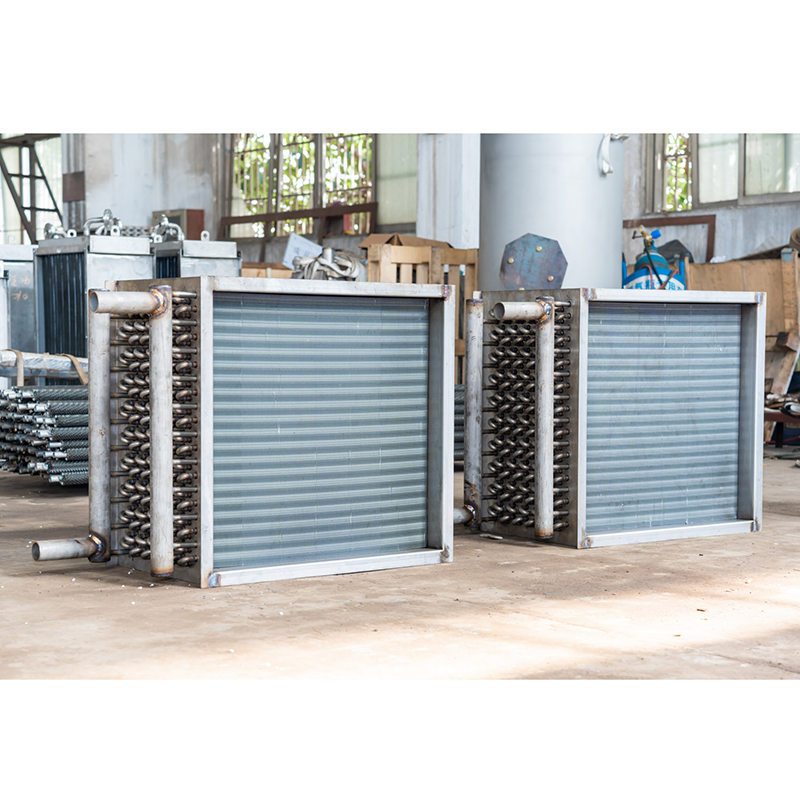Flange production process
As a connecting and sealing component, flanges will leak if there are quality problems during the production process, causing economic losses, environmental damage and even safety accidents, so flange welding and production are very important.
At present, there are two main production processes for flanges: forging and casting. Let’s take a look at these two main production processes and see what the differences are.
Forged flange
Forged flanges are made by hammering the forging machine countless times to make the internal structure of the steel become tight, so the mechanical properties will be better and the strength will be high. The forged flanges are mainly suitable for pipes with high pressure.
First, the cylindrical steel billet is cut according to a certain size, heated to a certain temperature to make it thermoplastic, and placed on the cold forging to let the forging machine continuously hammer the steel billet, so that the inside of the steel billet is tighter and the mechanical properties are better than the original steel billet.
The round hole on the flange is also punched out on the steel billet by a stamping machine. The formed blank flange is placed in an electric furnace for heat treatment to increase the strength of the flange. Finally, the flange blank is cut and polished to become a usable flange.
Casting flange
Casting flange has the characteristics of low manufacturing cost and high efficiency. It can produce flanges with complex shapes. The cast flanges are mainly suitable for pipes with low pressure.
Casting flange is also a commonly used manufacturing process. It melts the metal into liquid steel and pours the steel into a preheated and constant temperature metal mold to form the shape of the flange. After the casting is naturally cooled and formed within a period of time, it is quickly cooled and demolded with water, which can also increase the strength of the flange. Finally, it can be used after polishing and rust prevention.
Main causes of flange leakage
There are many reasons for flange leakage, and the main causes of flange leakage during the construction stage are as follows:
1) Damage to sealing surfaces such as flanges and gaskets;
2) Wrong materials such as gaskets or bolts are used, which cannot meet the operating conditions of pipeline operation;
3) Flange deflection causes leakage;
4) Improper tightening causes gasket damage;
5) Due to insufficient tightening load, the gasket cannot achieve sealing performance;
6) Due to excessive tightening load, the gasket rots.
Classification of flanges?
1. According to the chemical (HG) industry standard:
Integral flange (IF), threaded flange (Th), plate flat welding flange (PL), necked butt welding flange (WN), necked flat welding flange (SO), socket welding flange (SW), butt welding ring loose flange (PJ/SE), flat welding ring loose flange (PJ/RJ), lining flange cover (BL(S)), flange cover (BL).
2. According to the petrochemical (SH) industry standards: Threaded flange (PT), butt welding flange (WN), flat welding flange (SO), socket welding flange (SW), loose flange (LJ), flange cover (not indicated). 3. According to the mechanical (JB) industry standards: Integral flange, butt welding flange, plate flat welding flange, butt welding ring plate loose flange, flat welding ring plate loose flange, flange ring plate loose flange, flange cover. 4. According to the national (GB) standards: Integral flange, threaded flange, butt welding flange, neck flat welding flange, neck socket welding flange, butt welding ring neck loose flange, plate flat welding flange, butt welding ring plate loose flange, flat welding ring plate loose flange, flange ring plate loose flange, flange cover. Flange standards Flanges are widely used as a connector internationally, which requires a unified standard. For example, there are two main standard systems for pipe flanges, namely the European pipe flange system represented by German DIN (including the former Soviet Union) (DIN, GB, JB, HG20592) and the American pipe flange system represented by American ANSI pipe flange (including ANSI, GB, HG20615). In addition, there are Japanese JIS pipe flanges, but they are generally only used for public works in petrochemical plants and have little influence internationally. Here is a brief introduction to pipe flanges from various countries:
1. European flange system
European flange system: German DIN (including the Soviet Union)
• Nominal pressure: 0.1, 0.25, 0.6, 1.0, 1.6, 2.5, 4.0, 6.4, 10.0, 16.0, 25.0, 32.0, 40.0, Mpa;
• Calculated diameter: 15~600mm;
• Flange structure type: flat welding plate type, flat welding ring loose sleeve type, rolled edge loose sleeve type, butt welding rolled edge loose sleeve type, butt welding ring loose sleeve type, butt welding type, neck thread connection type, integral type and flange cover;
• Flange sealing surfaces include: flat surface, concave surface, concave and convex surface, tongue and groove surface, rubber ring connection surface, lens surface and diaphragm welding surface;
• The OCT pipe flange registration standard issued by the Soviet Union in 1980 is similar to the German DIN standard.
2. American flange system
American flange system: American ANSI B16.5 “Steel pipe flanges and flange fittings”
• Nominal pressure: 150psi (2.0Mpa), 300psi (5.0Mpa), 400psi (6.8Mpa), 600psi (10.0Mpa), 900psi (15.0Mpa), 1500psi (25.0Mpa), 2500psi (42.0Mpa);
• Calculated diameter: 6~4000mm;
• Flange structure type: strip welding, socket welding, threaded connection, loose sleeve, butt welding and flange cover;
• Flange sealing surface: concave surface, concave and convex surface, tongue and groove surface, metal ring connection surface.
3. JIS (Japanese standard) pipe flange
JIS pipe flange: It is generally only used for public engineering in petrochemical plants, has little influence internationally, and has not formed an independent system internationally.
Attached GB (national standard) system
my country’s national standard system for steel pipe flanges is GB.
1. Nominal pressure: 0.25Mpa~42.0Mpa
• Series 1: PN1.0, PN1.6, PN2.0, PN5.0, PN10.0, PN15.0, PN25.0, PN42 (main series)
• Series 2: PN0.25, PN0.6, PN2.5, PN4.0
Among them, PN0.25, PN0.6, PN1.0, PN1.6, PN2.5, PN4.0, a total of 6 levels of flange sizes belong to the European flange system represented by the German flange, and the rest are the American flange system represented by the American flange.
In the GB standard, the maximum nominal pressure level belonging to the European flange system is 4Mpa, and the maximum nominal pressure level belonging to the American flange system is 42Mpa.
2. Nominal diameter: 10mm~4000mm
3. Flange structure:
① Integral flange ② Unit flange
• Threaded flange;
• Welded flange, butt-welded flange;
• Necked flat-welded flange, necked socket-welded flange, plate-type flat-welded flange: loose-fitting flange, butt-welded ring loose-fitting neck flange, butt-welded ring loose-fitting plate-type flange, flat-welded ring loose-fitting plate-type flange, plate-type flip-over loose-fitting flange
• Flange cover (blind hole flange).
4. Flange sealing surface: flat surface, concave surface, concave-convex surface, tongue-and-groove surface, ring connection surface
Flange assembly
1. Before assembling the flange, the flange surface, especially the sealing surface, must be cleaned.
2. When assembling the flat-plate welded flange, the pipe end should be inserted into the flange inner diameter thickness 2≤3, and then the flange and the pipe should be spot welded. If it is a horizontal pipe, the flange should be spot welded from above, and then the flange position should be checked and corrected from different directions with a 90° angle ruler so that its sealing surface is perpendicular to the center line of the pipeline, and then the second point under spot welding is correct.
3. Check and correct the flange position from the left and right directions with a 90° angle ruler, spot weld the third and fourth points after passing, and complete the spot welding and fixation of the flange.
4. As far as the assembly of the flange pair is concerned, the bolt holes of the mounting flange should be aligned with the corresponding bolt holes of the fixed flange and parallel to the fixed flange, and the deviation should not be less than 1.5% of the outer diameter of the flange per thousand., and not more than 2mm.
5. When selecting the matching flange of the equipment or valve component, attention should be paid to whether the flange of the original equipment or valve component is consistent with the flange connection size used in the pipeline.
Flange connection
1. The flange connection should be kept on the same axis, the center deviation of the bolt hole should not exceed 5% of the aperture, and the bolt should be freely perforated. The connecting bolts of the flange should have the same specifications, the installation direction should be the same, and the bolts should be tightened symmetrically and evenly.
2. Bevel washers of different thicknesses should not be used to compensate for the non-parallelism of the flange. Do not use double washers. When large-diameter washers need to be spliced, they should not be butt-jointed with flat ports, but should be in the form of slanted laps or labyrinths.
3. To facilitate the installation and removal of flanges, the distance between the fastening bolts and the flange surface shall not be less than 200 mm.
4. When tightening the bolts, they should be symmetrical and intersecting to ensure uniform force on the washers.
5. Bolts and nuts should be coated with molybdenum disulfide, graphite oil or graphite powder for subsequent removal: stainless steel, alloy steel bolts and nuts; pipeline design temperature is 100℃ or below 0℃; open-air facilities; atmospheric corrosion or corrosive media.
Contact Information for Industrial Flange Inquiries
For more information about industrial flange or to obtain customized solutions, please contact us:
- Contact Person: Frank
- Tel: 86-510-82305188-8060
- Mobile: 86-18605101203
- Mail: frankgu@cmecwuxi.com
- Address: 15-16F, Building A10, No. 777, JianZhu West Road, Binhu District, Wuxi, Jiangsu, 214072. P.R. China
We look forward to collaborating with you and providing robust support and services for your business.


